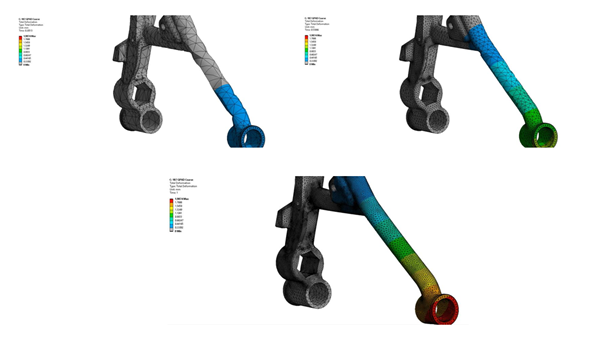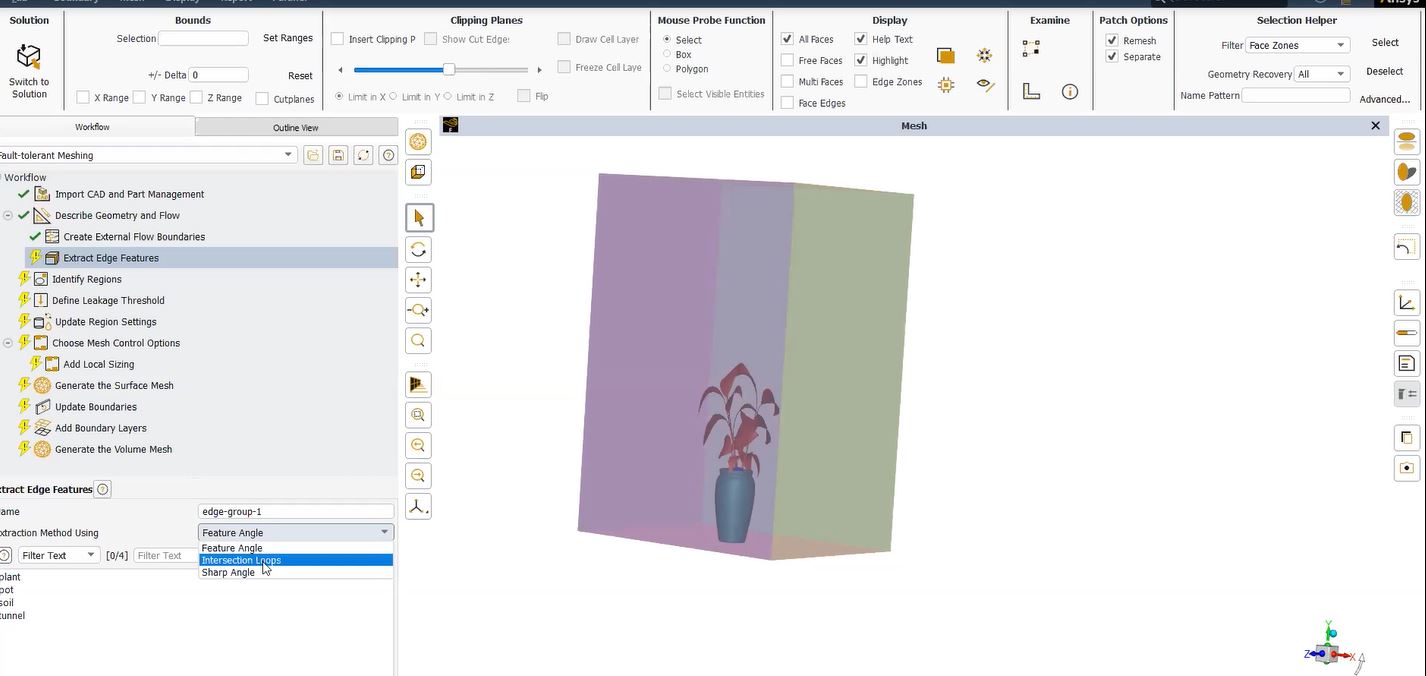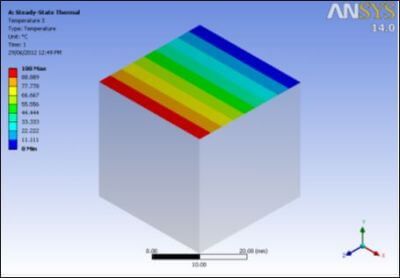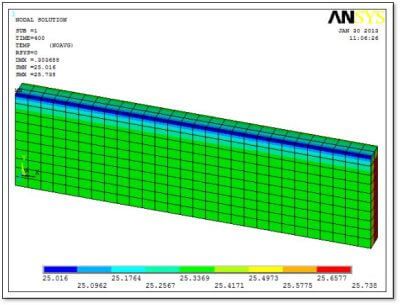Simulating Laser Cutting with a Moving Heat Source
Ansys Act Extension | Measuring an Object in Motion
Welding or laser cutting processes are common in manufacturing. Modeling of moving Gaussian heat source can be used to simulate these processes by predicting how much heat is needed to put into an object as well as how fast it dissipates.
An accurate prediction of the transient thermal field generated can also help predict the residual stresses generated, which in turn can affect life prediction analysis. In the past, modeling this type of moving heat source was time consuming and required creating custom MAPDL commands. Now, a free Ansys ACT Extension is available in the Ansys App Store that simplifies this greatly. The “Moving Heat Source Version 4.1” application facilitates the definition of a kinetic heat source in Workbench Mechanical with a user interface. Ansys versions 17.0, 17.1, and 17.2 are supported.
Applying the Moving Heat Source Extension
Using this plugin, you can quickly model a moving heat source by simply entering the required inputs. The requirements needed are the face of the body which the kinetic heat flux will be applied to as well as the path of the gaussian heat source. The speed, radius, and power intensity of the heat source also must be defined. Several other options exist for timestep control, cooling phase, or even modeling material removal.
The ACT extension can be found here: Moving Heat Source v4.1 (registration required) currently only Ansys version 17.x is supported. All ACT extensions come with documentation on how to install and use the extension.
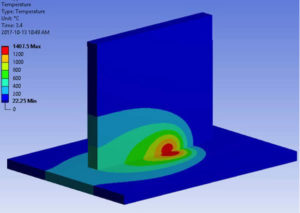
Inverse Estimation of a Moving Heat Source
In many fields, inverse estimation of a moving heat source is a prevalent problem. In a three-dimensional heat transfer system, a real-time method based on the Kalman filter is suggested and further refined to identify the kinetic heat source.
First, a step-renewed state space model that takes the source position into account is created using the source contribution principle. With the help of this model, a method is constructed to accomplish the simultaneous estimation of a moving heat source and temperature field. For ASME Boiler and Pressure Vessel Code guidance, click HERE.
This method couples a fuzzy adaptive Kalman filter with a weighted least squares algorithm. To verify the viability and evaluate the effectiveness of this technique, various spatiotemporal modifications of the gaussian heat source and measuring sounds are presumptively made. Results show that using this method, kinetic heat sources with various change rates may be inversely estimated.
Recent internal studies have shown that the estimated heat source can accurately agree with the exact one while the reconstructed temperature field is of low deviation when the movement velocity varies as 0.25, 0.50, or 1.00 mm/s and the time period is used as 100, 200, 400, or 800 s.
While the standard deviation of measurement noises increases from 0.01 to 5.00, the mean relative errors of the estimated heat source are no more than 3.3% and the mean relative errors of the temperature are no more than 1.4%, showing that this method is highly robust and can be used in deteriorated conditions.
- For guidance on Ansys Post-Processing
- For Support on performing ‘EKILL‘ in Workbench
- APDL Command Objects post-Spectral Analysis
- For Separating DB Database Files from RST Files
- Measuring Geometric Rotation in Mechanical WB
- CAD Geometry Deformation Plasticity


